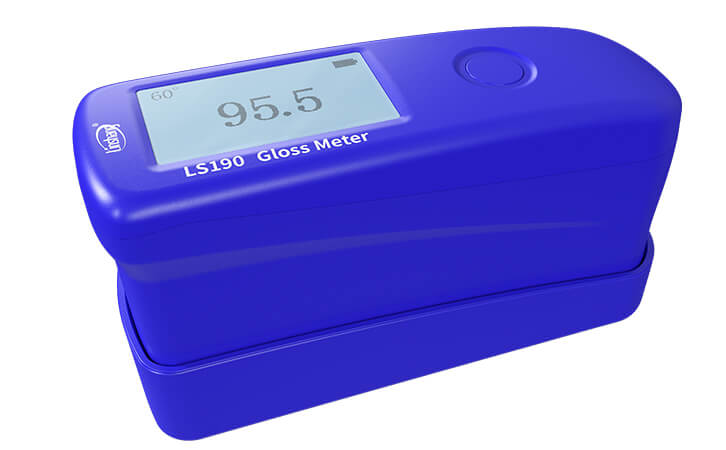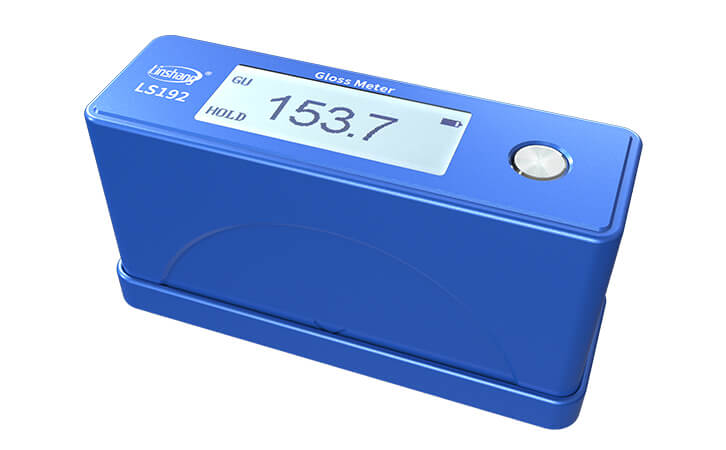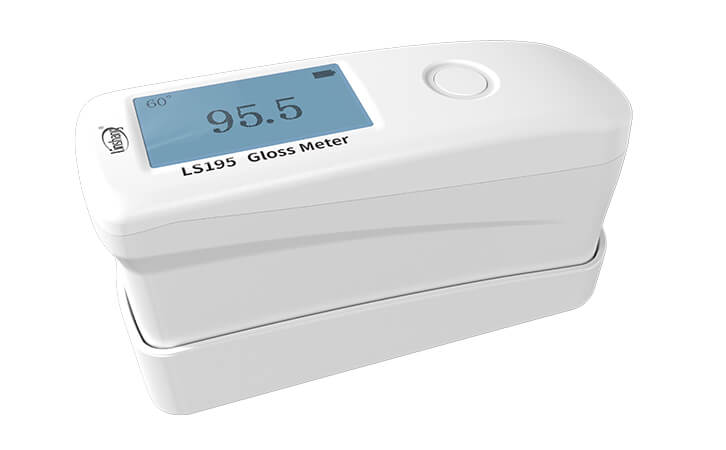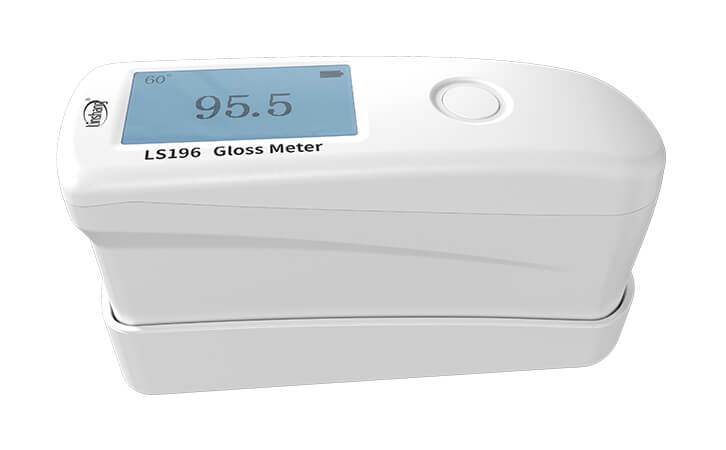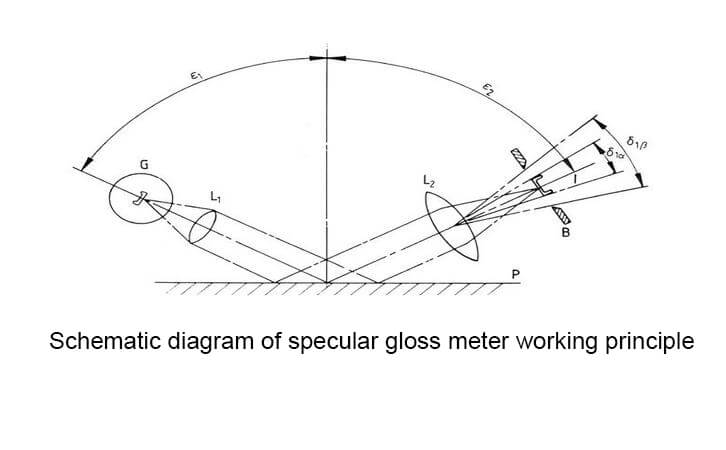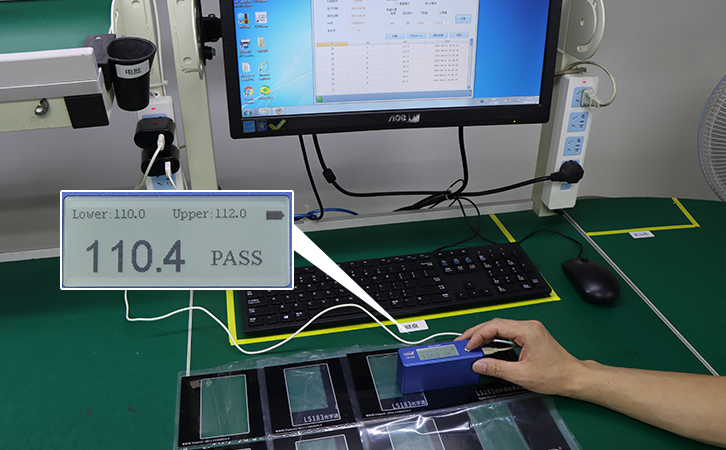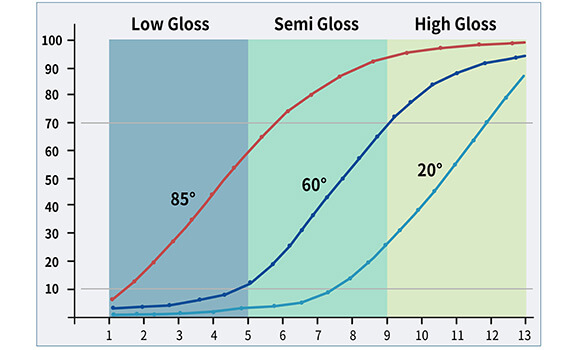Linshang produces 60 degree glossmeters with data statistics function and software as a gloss meter manufacturer. Best gloss meter is capable of gloss measurement and judge the gloss uniformity of paint, car and marble. Linshang gloss meters are widely used in industries such as automotive, printing, paint, coating, ink, plastic, paper, tile, stone, metal, plating layer, etc.
More information about Linshang Gloss meter price, parameters, please read "Gloss Meter Selection and FAQ".
LS190 Gloss Meter
60° universal angle design and maximum measuring range up to 200GU
Cost-effective gloss meter
Put and test, easy to operate
Support QC mode to improve measurement efficiency
LS192 Gloss Meter
universal angle 60°, range 0-1000GU.
easy operation, put and measure; QC mode optional.
temperature compensation effect, stable data, no need frequent calibration.
meet requirement of 1st class working machine, ensure to pass the calibration by metrology institute.
portable size, great texture with aluminum body.
LS193 mini measuring aperture gloss meter
universal angle 60°, range 0-1000GU.
3*6mm measuring aperture, 1.5*3mm measuring spot. Suitable for measuring mini-size materials.
temperature compensation effect ensuring stable data, no need frequent calibration.
meet requirement of 1st class working machine, we guarantee our device to pass the calibration by any national metrology institute.
LS195 Cost-effective Gloss Meter
Cost-effective gloss meter
Put and test, easy to operate
Support QC mode to improve measurement efficiency
LS196 Gloss Meter
60° universal angle design and maximum measuring range up to 1000GU
High precision, and conform to Chinese Grade 1 gloss meter standards
Support QC mode to improve measurement efficiency
LS197 Gloss Meter
20°/60°/85° multi-angle measurement modes
Large range design, up to 2000GU
High precision, and conform to Chinese first-class working machine standards
